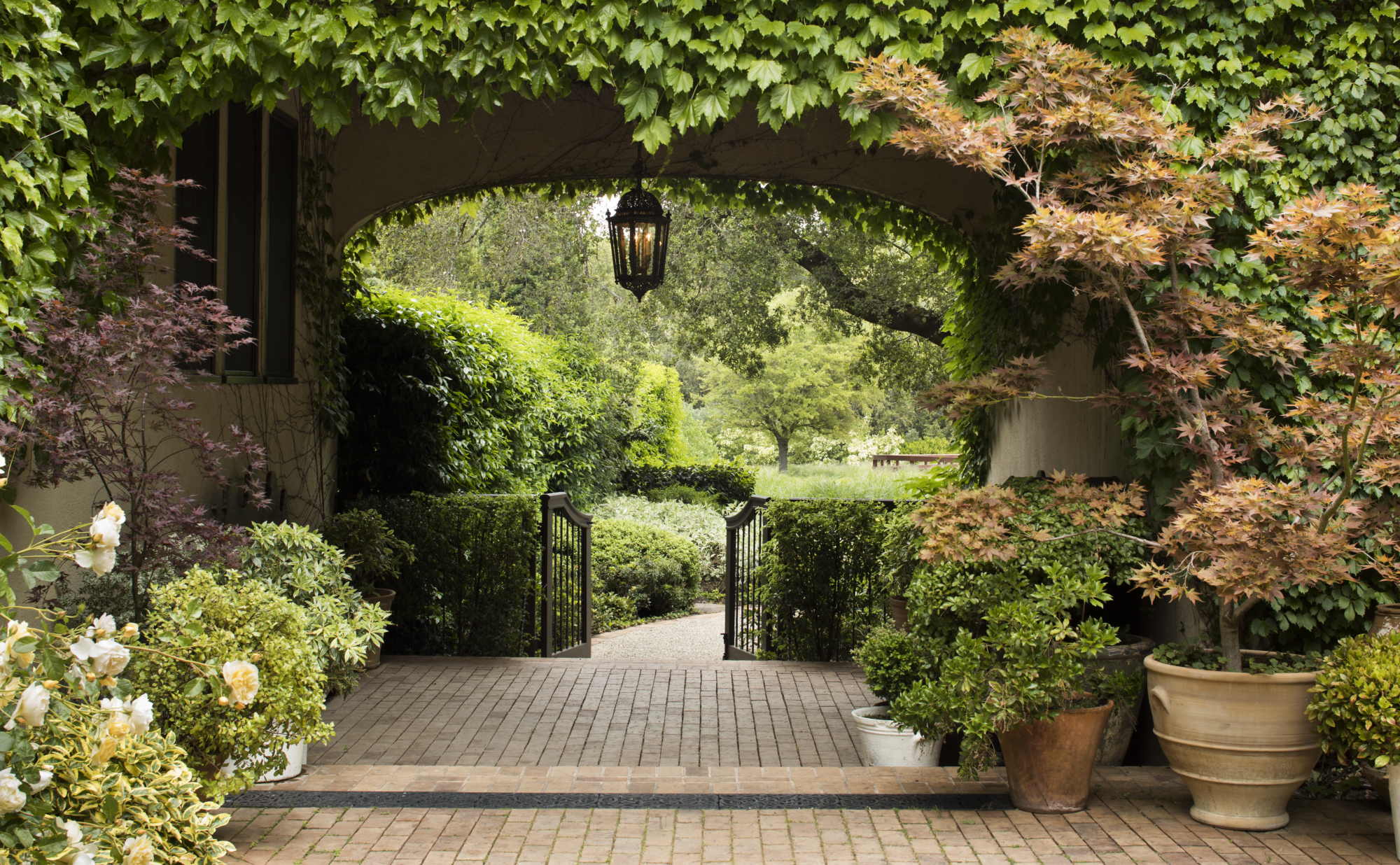Veneer masonry

A masonry veneer wall consists of masonry units, usually clay-based bricks, installed on one or both sides of a structurally independent wall usually constructed of wood or masonry. In this context the brick masonry is primarily decorative, not structural. The brick veneer is generally connected to the structural wall by brick ties (metal strips that are attached to the structural wall, as well as the mortar joints of the brick veneer). There is typically and air gap between the brick veneer and the structural wall. As clay-based brick is usually not completely waterproof, the structural wall will often have a water-resistant surface (usually tar paper) and weep holes can be left at the base of the brick veneer to drain moisture that accumulates inside the air gap. Concrete blocks, real and cultured stones, and veneer adobe are sometimes used in a very similar veneer fashion.
Dry set masonry
The strength of a masonry wall is not entirely dependent on the bond between the building material and the mortar; the friction between the interlocking blocks of masonry is often strong enough to provide a great deal of strength on its own. The blocks sometimes have grooves or other surface features added to enhance this interlocking, and some dry set masonry structures forgo mortar altogether.
Solid masonry
Solid masonry, without steel reinforcement, tends to have very limited applications in modern wall construction. Such walls can, however, be quite economical and suitable in some applications; solid unreinforced masonry walls tend to be low and thick as a consequence of their lack of tensile strength.
Brick

Solid brickwork is made of two or more bricks with the units running horizontally (called stretcher bricks) bound together with bricks running transverse to the wall (called “header” bricks). Each row of bricks is known as a course. The pattern of headers and stretchers employed gives rise to different bonds such as the common bond (with every sixth course composed of headers), the English bond, and the Flemish bond (with alternating stretcher and header bricks present on every course). Bonds can differ in strength and in insulating ability. Vertically staggered bonds tend to be somewhat stronger and less prone to major cracking than a non-staggered bond.
Uniformity and rusticity
The wide selection of brick styles and types generally available in industrialized nations allow much variety in the appearance of the final product. In buildings built during the 1950s-1970s, a high degree of uniformity of brick and accuracy in masonry was typical. In the period since then this style was thought to be too sterile, so attempts were made to emulate older, rougher work. Some brick surfaces are made to look particularly rustic by including burnt bricks, which have a darker color or an irregular shape. Others may use antique salvage bricks, or new bricks may be artificially aged by applying various surface treatments, such as tumbling. The attempts at rusticity of the late 20th century have been carried forward by masons specializing in a free, artistic style, where the courses are intentionally not straight, instead weaving to form more organic impressions.
Serpentine masonry
A crinkle-crankle wall is a brick wall that follows a serpentine path, rather than a straight line. This type of wall is more resistant to toppling than a straight wall; so much so that it may be made of a single wythe of unreinforced brick and so despite its longer length may be more economical than a straight wall.
